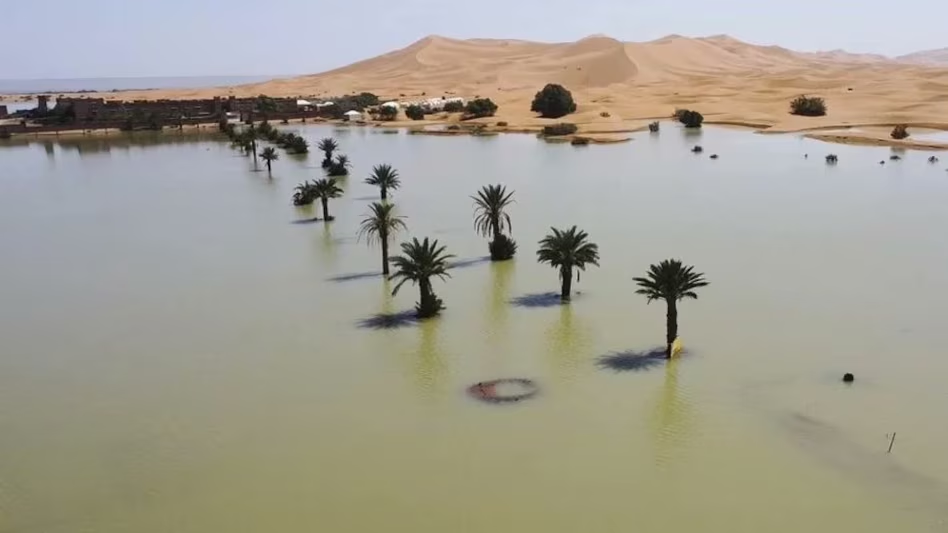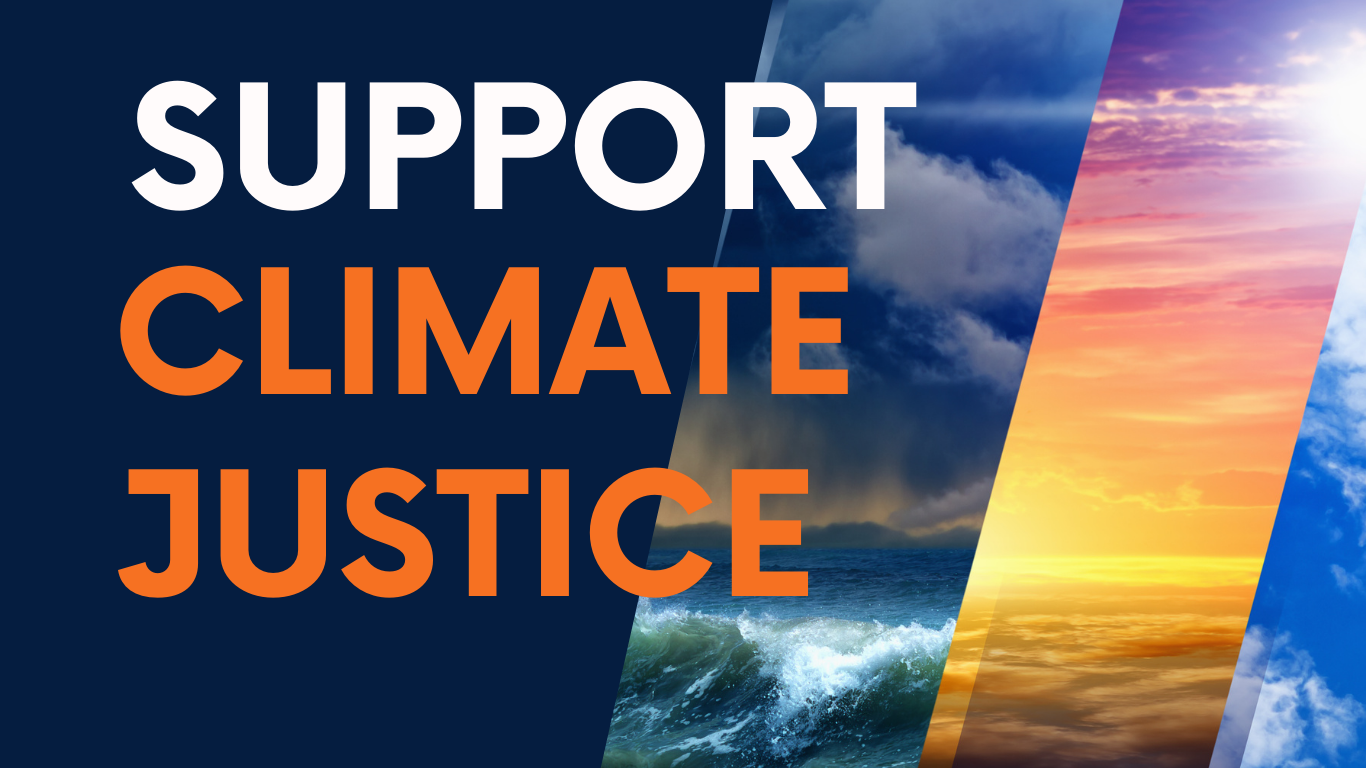By Marco Lopez
More than 100mm of rainfall in just 24 hours resulted in rare flooding across parts of the Sahara Desert. This unprecedented weather event has not occurred in 50 years – changing the topography of the typically arid landscape overnight.
The Moroccan village of Tagounite – located 450 kilometers from the capital Rabat – recorded extraordinary and unexpected precipitation levels. Lake Iriqui – bone-dry for half a century – refilled in a matter of hours.

Meteorologists believe this could signal a drastic shift in the frequency of storms and evaporation cycle in the region. This weather event resulted in significant environmental changes in the region’s landscape.
It is being described as an extratropical storm and warned that it could signal long-term implications on the Sahara’s climate. Experts believe that rising air temperatures leading to increased moisture retention can increase the frequency and intensity of storms.
The heavy rains and subsequent flooding led to the death of 18 persons in the region still recovering from an earthquake that occurred earlier this year.
At 9 million kilometers – the Sahara is the largest desert in the world. The growing threat of extreme weather is linked to global warming experts warn.

The future of storms of this magnitude may become more frequent due to the accelerated hydrological cycles driven by rising temperatures.







